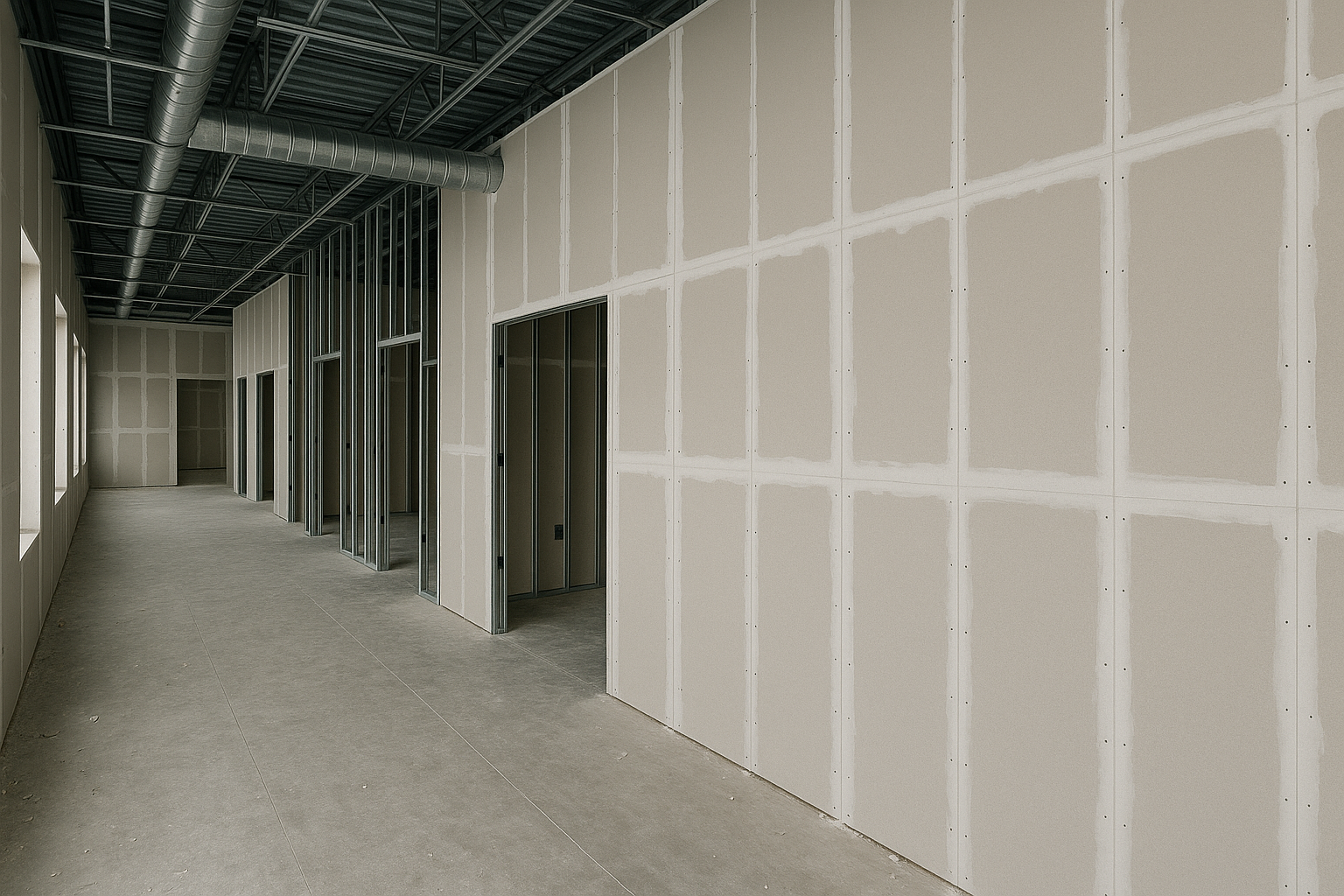
Ceiling drywall estimating poses challenges that even seasoned estimators can overlook. Unlike walls, ceilings involve more than just surface area—they affect lighting layouts, HVAC integration, fireproofing strategies, and labor logistics. For architects, engineers, and general contractors, refining ceiling-specific estimating practices is essential to produce accurate bids, reduce rework, and manage expectations from the start.
Estimating ceiling drywall is not as simple as mirroring wall techniques. Ceiling assemblies often come with additional constraints, including:
Neglecting these variables can lead to major discrepancies between projected and actual labor, especially in high-volume or commercial projects.
Overhead work demands different site access planning. Lifts, scaffolds, and safety gear slow down production compared to walls. Estimators often undercount the hours needed for:
Solutions like Active Estimating help estimators apply location-based labor factors that better reflect field reality.
Ceilings are MEP-heavy zones. HVAC, lighting, and sprinkler rough-ins often precede drywall. Misaligned schedules delay install and increase standby time. Always include buffer allowances for:
Fire-rated ceilings often require additional framing, insulation, or multi-layer gypsum board systems. Estimators may miss these enhancements when standard specs are assumed.
Refer to local building codes and plan sets to confirm ratings and ensure labor is correctly burdened for double-layer installs or fire caulking scope.
While walls typically receive flat finishes, ceilings may require:
These finishing details dramatically impact labor and must be modeled accordingly.
Create templates by room type (e.g., corridor, classroom, open office) and assign expected ceiling assemblies to each. This helps you avoid blanket assumptions across floors or wings.
Color-coded ceiling visuals integrated with BIM overlays highlight MEP conflicts early. Tools built into drywall estimating platforms allow real-time validation and reduce scope gaps.
Ceilings are usually the final drywall activity and must be scheduled around fire taping, above-ceiling inspection, and access from other trades. This adds labor inefficiency and rework risk. Adjust unit costs accordingly for these hidden soft costs.
Ceiling drywall is more than a square footage line item—it’s a labor-intensive, coordination-heavy, and high-risk component of the job. When accurately estimated, it contributes to predictable schedules and budgets. By leveraging tools like Active Estimating and applying ceiling-specific logic to your takeoffs, you ensure that your estimates truly reflect construction reality—not just the drawings.
Contact Information:
Active Estimating
508 2nd Street, Suite 208
Davis
California
95616
Rich Schoener
richard@activeestimating.com
(877)
Schedule a personalized demo to see how Active Estimating can work for your specific needs.
